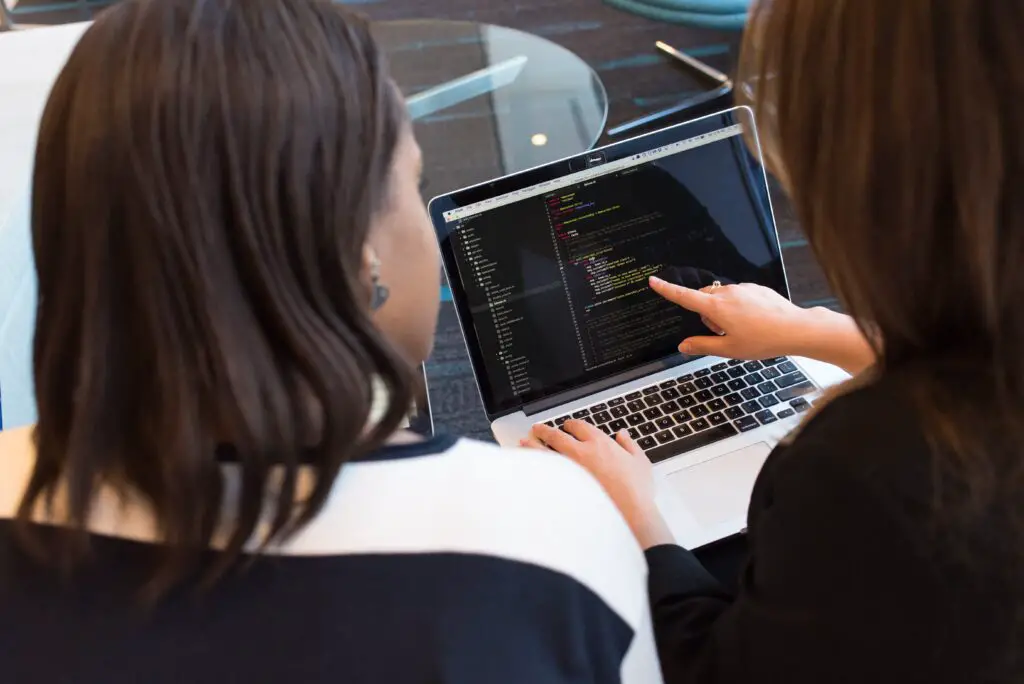Mastering Navigation with popd and pushd Commands in Linux
In the vast realm of the Linux command line, where precision and efficiency reign supreme, navigating through directories is an essential skill. While the cd command serves as the conventional chariot for traversing the file system, a dynamic duo of commands—popd and pushd—offer a nuanced dance through directories, akin to a well-choreographed ballet of bytes. These commands, though less celebrated than their cd counterpart, bring an elegance and flexibility to directory manipulation that can significantly enhance your command line prowess. In this exploration, we embark on a journey to unravel the secrets of popd and pushd, discovering how they seamlessly weave through the Linux filesystem, orchestrating a symphony of directory navigation.

The Prelude of pushd:
A Prelude to the Dance
In the grand tapestry of Linux commands, pushd stands as the opening act—a prelude to the intricate dance of directory manipulation. Unlike the straightforward cd, pushd is a maestro, conducting a symphony of movements that extend beyond mere traversal. When pushd is invoked without arguments, it embraces the current directory and elegantly pirouettes to the user’s home directory, laying the foundation for an intricate ballet. Yet, the true artistry of pushd emerges when you present it with a destination, an encore that transforms a mundane navigation task into a choreographic masterpiece.
Consider the scenario where you yearn to visit the realms of a distant directory, “Documents.” Instead of the customary cd Documents, the conductor, pushd, takes center stage. With a simple command, “pushd Documents,” it pirouettes to the destination while gracefully preserving the current directory in its repertoire. This feat is no mere illusion—it’s a testament to the sophistication embedded in the simplicity of pushd. As it orchestrates this dance, a hidden stack is curated, chronicling the journey through directories. The pushd prelude thus transforms navigation into a performative art, a ballet of directories that unfolds with grace and precision.
The Sonata of popd:
A Harmonic Disentanglement
In the symphony of directory manipulation, the popd command resonates as a harmonious counterpart to pushd, offering a rhythmic cadence to the dance initiated by its predecessor. This command, like a skilled cellist in an orchestra, gracefully untangles the intricacies of directory stacks. The popd sonata is not merely a step backward; it’s a calculated unraveling, akin to unwinding a musical score. When invoked without arguments, popd gracefully retreats to the directory at the forefront of its stack—a seamless encore to pushd‘s initial performance.
The true brilliance of popd surfaces when destinations are presented, transforming it into a concerto of directory manipulation. Imagine a scenario where you’ve journeyed through directories with pushd—each command a note in the composition. Now, yearning to revisit a specific movement, you invoke popd followed by the destination’s index. As if orchestrated by a maestro, the directory stack is rewound, and the specified destination takes center stage. This melodic disentanglement encapsulates the essence of popd—it’s not merely a rewind, but a symphonic recalibration of the user’s traversal journey.
The Interplay:
A Duet of pushd and popd
In the dance of directory manipulation, pushd and popd engage in a captivating duet—an interplay that transcends the boundaries of conventional navigation. The secret lies in their symbiotic relationship, a dynamic choreography where pushd leads the dance, and popd gracefully follows, harmonizing the steps. As pushd pushes the boundaries of the directory stack, popd seamlessly pulls them back, creating a symphony of movements that allows for both exploration and retracement.
Consider a scenario where a user, guided by the finesse of pushd, explores a labyrinth of directories. The stack, a testament to this journey, captures each step like a musical note. Sensing the need to retrace steps, the user invokes popd—a harmonious callback to specific movements. The interplay unfolds—the stack dynamically adjusts, and the dance continues. This duet of pushd and popd transforms directory navigation into an interactive narrative, where users conduct the orchestra of directories with finesse and precision.
The Encore:
Scripting with pushd and popd
Beyond their role as conductors in the symphony of directories, pushd and popd unveil an encore—scripting capabilities that elevate them from mere commands to orchestrators of automation. In the realm of shell scripts, these commands bring forth a new dimension, allowing users to compose intricate dances through directories programmatically.
Consider a scenario where a script needs to traverse multiple directories, perform tasks, and gracefully return. pushd and popd become the choreographers, guiding the script through its movements. With pushd, directories are explored and preserved, ensuring a seamless dance. popd, in turn, gracefully untangles the steps, allowing for an orchestrated exit. This scripting encore transforms pushd and popd into versatile tools for those seeking to automate intricate directory maneuvers, elevating the dance from manual choreography to scripted symphony.
Coda:
Mastering the Dance of Directories
In the intricate ballet of Linux directory navigation, popd and pushd emerge as choreographic maestros, orchestrating a symphony of movements that transcend the simplicity of traditional commands. pushd, with its prelude, propels users into the depths of directories with grace and sophistication. Meanwhile, popd, with its sonata, elegantly retraces steps, harmonizing the traversal experience. Their interplay creates a captivating duet, a dance through directories that is both exploratory and retracing. As an encore, these commands offer scripting capabilities, transforming them into orchestrators of automation.
Mastering the dance of directories requires an understanding of these commands and their dynamic interplay. With popd and pushd, users can navigate the Linux filesystem with finesse, turning the mundane task of directory manipulation into a choreographed symphony. As the coda approaches, the curtain falls, but the dance of directories continues—a perpetual movement guided by the artistry of popd and pushd.
